Employment is an important factor that sustains the needs of individuals. It offers financial compensation in return for hard work and time dedication. According to the Australian Bureau of Statistics (1), unemployment has decreased 0.3% in August 2014, but that doesn’t necessarily mean that it’s easy to find work.
In modern society – almost everything needs prerequisite qualifications, experience and/or education. Speaking with a fellow university student (who is currently completing a science degree), he exasperatedly told me that, upon council with his tutor, if he only completes his degree without finishing Honors and Masters, his degree would be equivalent to getting a job at Target.
This is what my User Generated Story (UGS) aims to explores; the difficulty in finding employment. The Guardian (2) projects that one of the main reasons it’s harder to find work is due to competitive applicants in the job market; there are just too many people applying for the same job. The article suggests that those unemployed have been jobless for longer periods of time compared to a decade ago.
Whether or not it is due to lack of experience, injury or even age, without a job, it is challenging to financially support both yourself and/or your family. My UGS looks at other means of support including;
*financial assistance – Centrelink
*compensation for the injured – insurance claims (Cunningham Lindsey)
*career counsellor advice – what can be done/who you could go to for help
Following the case studies of;
*Bridney Fa’auli, a 21yr old finding it difficult to seek work after retrenchment and
*Mark Luafeleal who has been out of work for the past 3 months due to a shoulder injury (and is expected to be unfit for work till January 2015).
It’s a common dilemma that lots of people come across. According to the American Psychological Association (APA), unemployment can lead to symptoms of depression, anxiety, low well-being and poor self-esteem (3). It can potentially elicit these concerns not only on the individual, but upon their families and spouse, therefore a serious and important issue within society.
REFERENCES
1) Australian Bureau of Statistics 2014, ‘Australia’s unemployment rate decreased 0.3 percentage points to 6.1 per cent in August 2014’, ABS, retrieved 01/10/2014, http://www.abs.gov.au/ausstats%5Cabs@.nsf/mediareleasesbyCatalogue/46DFE12FCDB783D9CA256B740082AA6C?Opendocument
2) Jericho, G 2014, ‘Unemployment rate same as 10 years ago, but what lies ahead is a worry’, Gregonomics, The Guardian, retrieved 01/10/2014, http://www.theguardian.com/business/grogonomics/2014/feb/17/unemployment-rate-same-10-years-ago-but-what-ahead-worry
3) American Psychological Association 2014, Psychological Effects of Unemployment and Underemployment, APA, Washington, retrieved 01/10/2014, http://www.apa.org/about/gr/issues/socioeconomic/unemployment.aspx

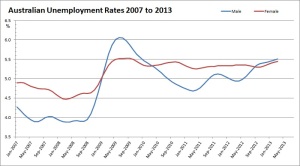
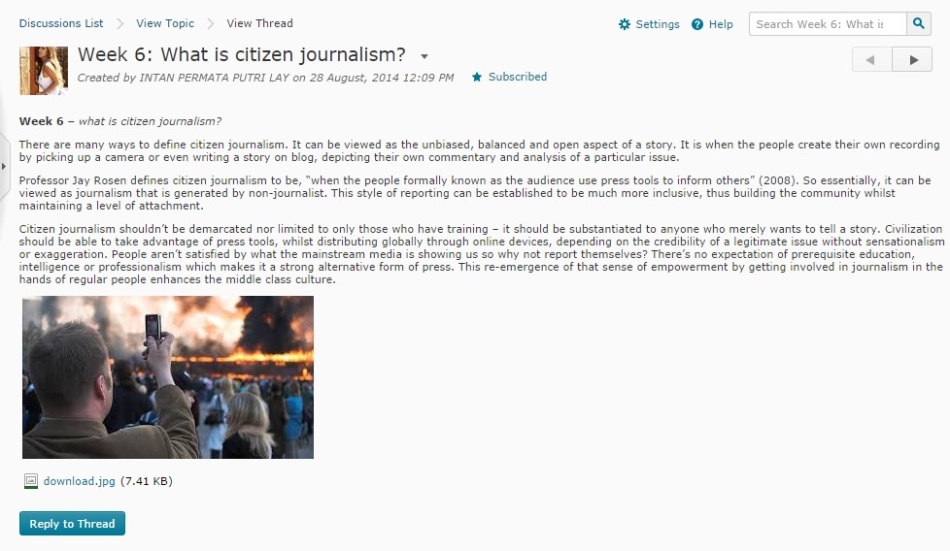
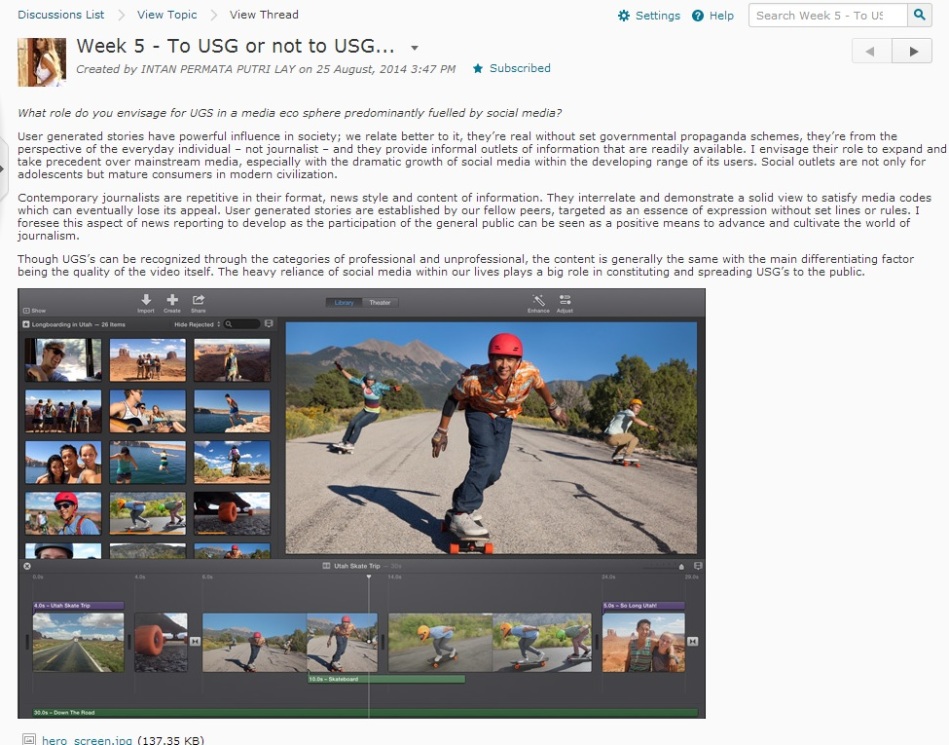
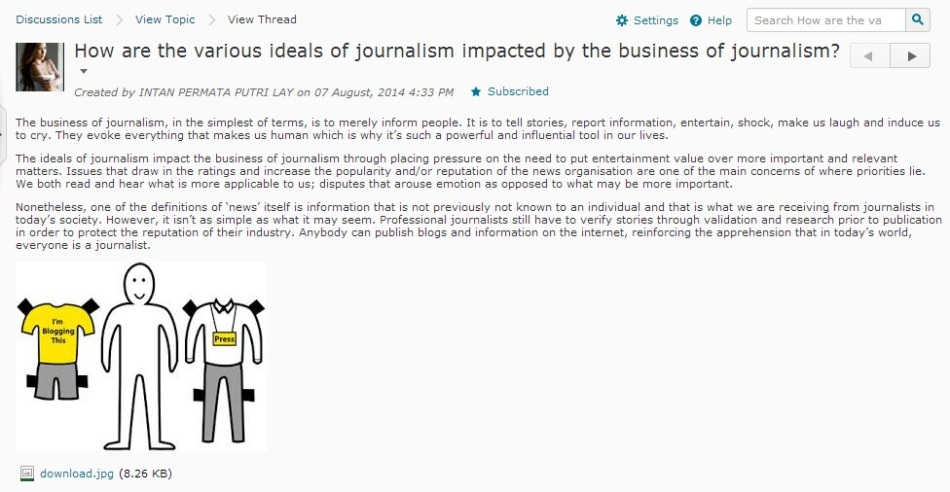
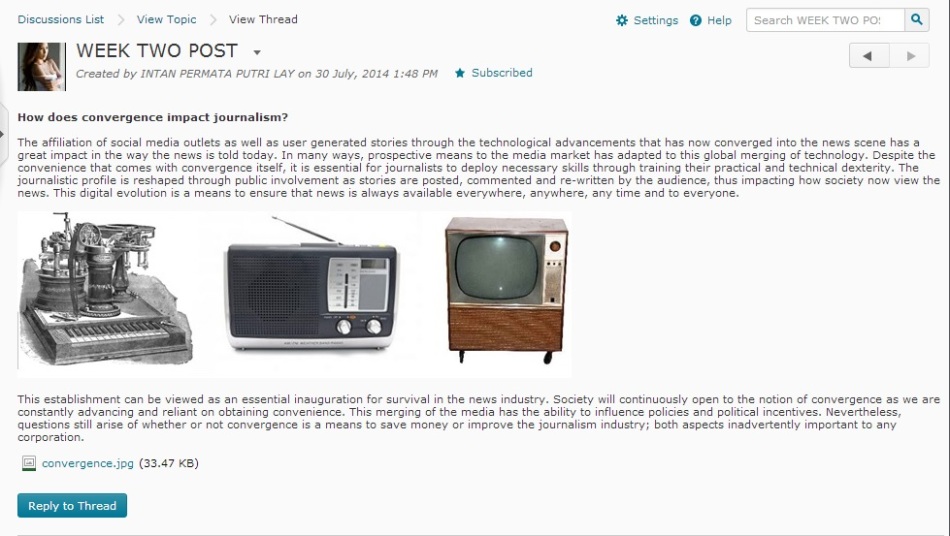

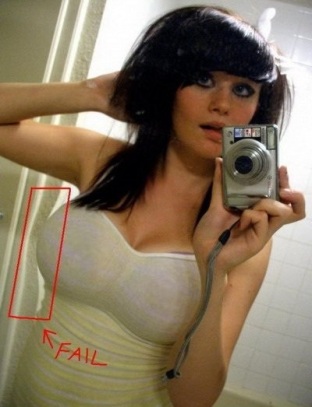 With the whole world watching your every move, would you be willing to portray every aspect of who you are for everyone to speculate and criticise? I believe not just celebrities, but everyone has different sides to them. We all play a different role to mould the environment we’re in and the people we’re around.
With the whole world watching your every move, would you be willing to portray every aspect of who you are for everyone to speculate and criticise? I believe not just celebrities, but everyone has different sides to them. We all play a different role to mould the environment we’re in and the people we’re around.